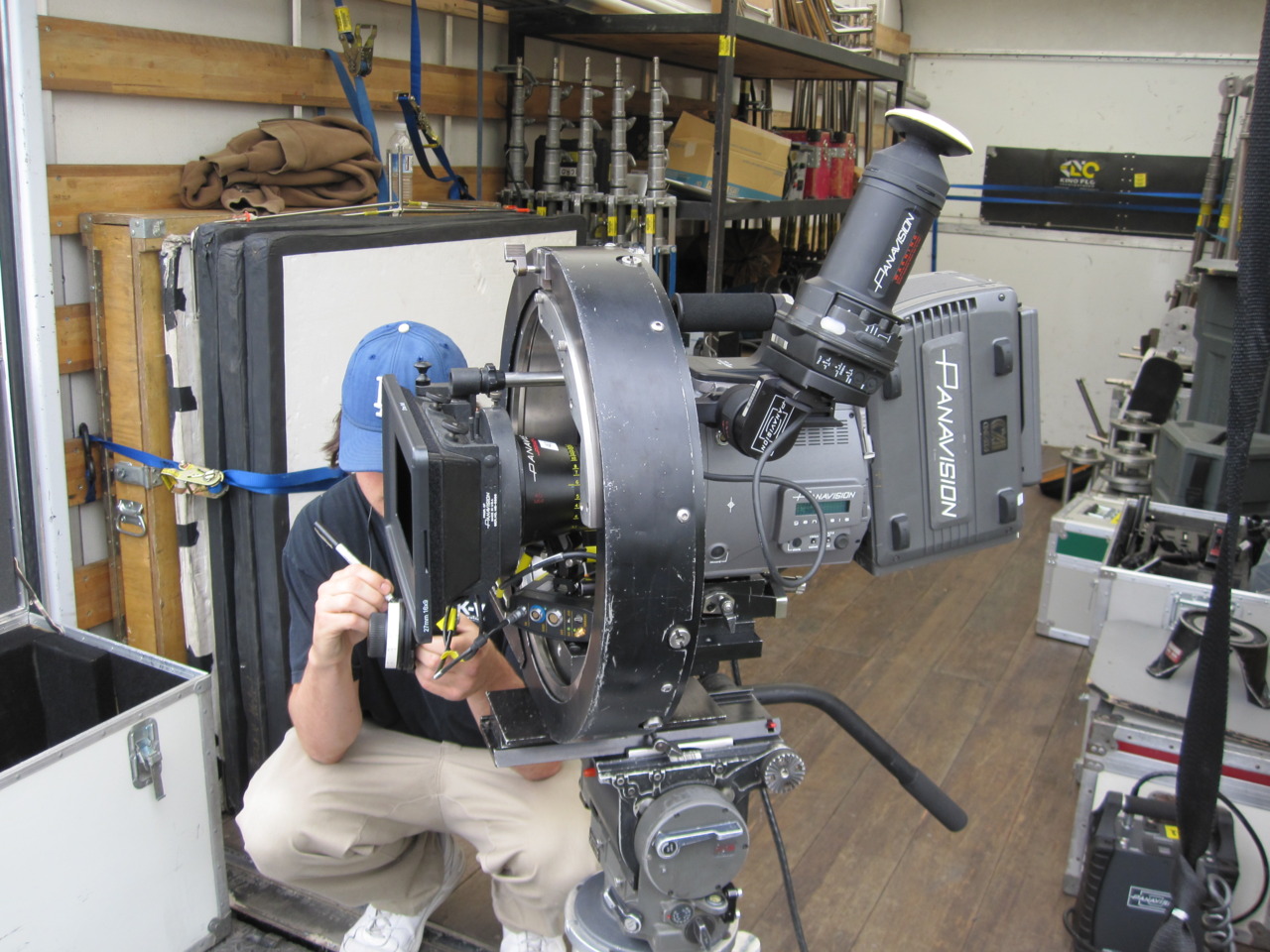|
Genesis (camera)
The Genesis is a discontinued high-end digital movie camera developed by Panavision, and was available solely by rental. It is based on a proprietary Super 35 1.78:1 (16:9) aspect ratio, 12.4-megapixel, RGB filtered CCD sensor. It was first used by a feature crew to shoot Bryan Singer's ''Superman Returns,'' and was shortly followed up thereafter by the World War I film '' Flyboys''. However, the computer effect-heavy nature of these two movies meant that ultimately the comedy ''Scary Movie 4'' was the first theatrically released feature primarily shot with the Genesis. It was discontinued in 2012 and succeeded by the Millennium DXL line developed with Red Digital Cinema. Background Unlike the 2/3" 3-CCD imaging system used in Sony's HDW-F900 CineAlta camera (used in ''Attack of the Clones''), the Genesis uses a single 12.4 megapixel CCD chip with the same width as a Super 35 mm film frame. The "Panavized" CineAltas did not use Panavision's existing range of 35 mm ... [...More Info...] [...Related Items...] OR: [Wikipedia] [Google] [Baidu] |
Love (2011 Film)
''Love'' is a 2011 American science fiction drama film produced and scored by the alternative rock band Angels & Airwaves. The film is the directorial debut of filmmaker William Eubank. The film's world premiere took place on February 2, 2011, at the 26th Annual Santa Barbara International Film Festival and the film was later featured in the Seattle International Film Festival, FanTasia 2011, and a number of other festivals around the world. The film was screened in 460 theatres across the United States on August 10, 2011, in the Love Live event. ''Love'' portrays the personal- psychological effects of isolation and loneliness when an astronaut becomes stranded in space and through this, emphasizes the importance of human connection and love. Additionally, it touches on the fragility of humanity's existence (explored through a dying Earth- apocalyptic doomsday scenario) inspired by the cautions of Carl Sagan in ''Pale Blue Dot'' and considers the importance of memories ... [...More Info...] [...Related Items...] OR: [Wikipedia] [Google] [Baidu] |
Episode III – Revenge Of The Sith
An episode is a narrative unit within a larger dramatic work or documentary production, such as a serial (radio and television), series intended for radio, television or Streaming media, streaming consumption. The noun ''episode'' is derived from the Greek term ''epeisodion'' (), meaning the material contained between two songs or odes in a Greek tragedy. It is abbreviated as ''wikt:ep, ep'' (''plural'' eps). An episode is also a narrative unit within a ''continuous'' larger drama Drama is the specific Mode (literature), mode of fiction Mimesis, represented in performance: a Play (theatre), play, opera, mime, ballet, etc., performed in a theatre, or on Radio drama, radio or television.Elam (1980, 98). Considered as a g ...tic work. It is frequently used to describe units of television or radio serial (radio and television), series that are broadcast separately in order to form one longer series. An episode is to a sequence as a Chapter (books), chapter is to a book. Moder ... [...More Info...] [...Related Items...] OR: [Wikipedia] [Google] [Baidu] |

